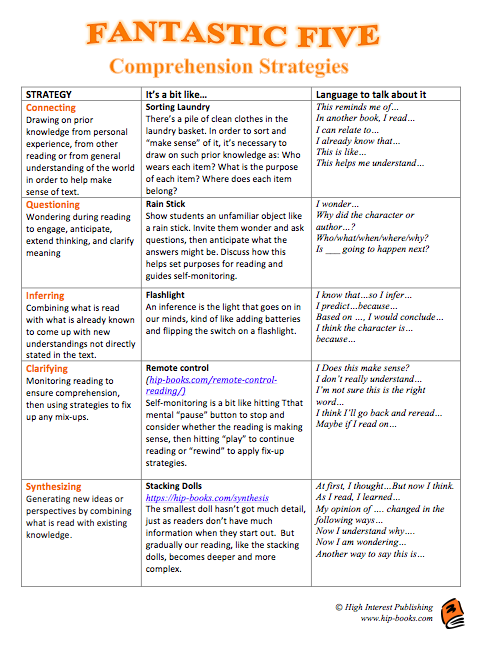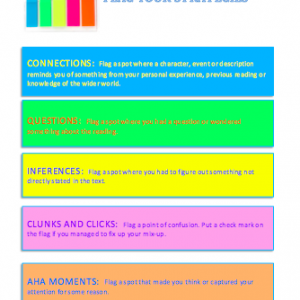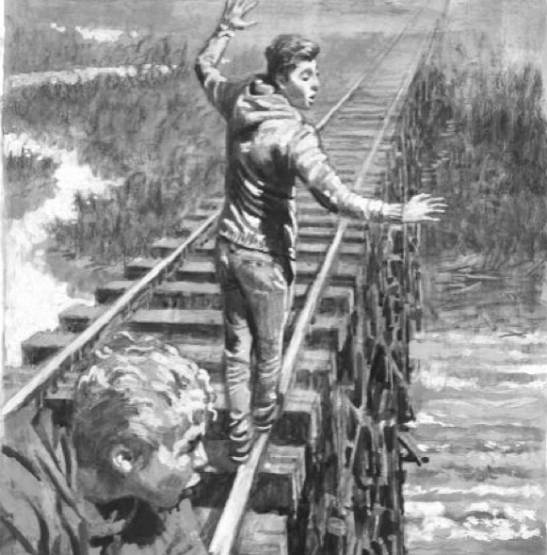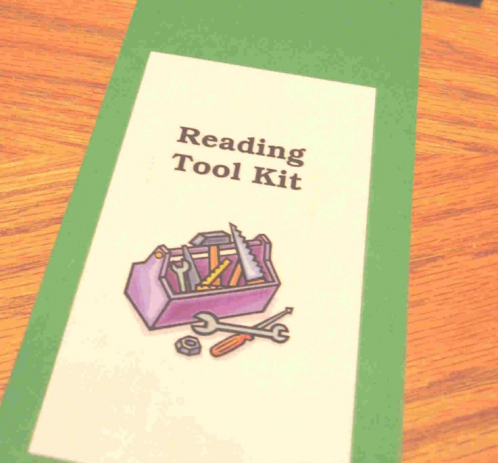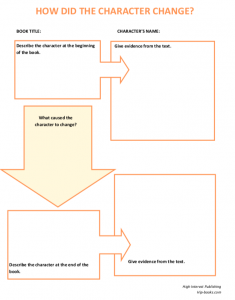COMPREHENSION: TAUGHT, NOT CAUGHT!
 There was a time that we thought that comprehension was caught, not taught. We assumed that if we taught students how to read the words, overall comprehension would follow naturally. Unfortunately, that doesn’t always happen. Too many of our struggling readers in intermediate and senior grades can say the words on the page but they don’t understand what they’ve read. In fact, a 2014 study of 6000 struggling readers found that only about 8% struggled with decoding. The great majority could read the words with accuracy (and even fluency) but didn’t understand what they read.
There was a time that we thought that comprehension was caught, not taught. We assumed that if we taught students how to read the words, overall comprehension would follow naturally. Unfortunately, that doesn’t always happen. Too many of our struggling readers in intermediate and senior grades can say the words on the page but they don’t understand what they’ve read. In fact, a 2014 study of 6000 struggling readers found that only about 8% struggled with decoding. The great majority could read the words with accuracy (and even fluency) but didn’t understand what they read.
When a text is easy and background knowledge robust, we read it with skill; that is, automatically, without much thought to the process we’re engaged in. But when the reading is difficult, readers need a repertoire of strategic actions to draw on in order to make sense of those tough texts. These strategies are used deliberately and intentionally. There are many lists of strategies in the research; we at HIP focus on five: connecting, questioning, inferring, synthesizing and self-monitoring. Of course, no single reading strategy will work everywhere, all the time. Good readers use different strategies at different times and often integrate several at once.
Although comprehension instruction should focus on what readers do, it’s important to frame that instruction within the context of what the text says. A 2009 study by Beck and MacGowan found that focusing on the content of a text was as effective (if not more so) as focusing on strategies in supporting comprehension. Read more in the Support for Struggling Readers blog post: Content or Strategies?
HOW DO YOU TEACH COMPREHENSION, ANYWAY?
 The problem is, we haven’t always known! For too long, reading instruction consisted of
The problem is, we haven’t always known! For too long, reading instruction consisted of
giving students something to read and asking them questions about it. There wasn’t much “teaching” going on at all.
I DO – WE DO – YOU DO…
Now we know that teaching comprehension is like teaching most other things – with modelling and demonstration, guided practice and independent application. Read more about the THINK ALOUD, THINK ALONG, THINK ALONE Protocol.
“FANTASTIC 5” COMPREHENSION SUPERPOWERS
When comprehension breaks down, readers need a repertoire of strategies to repair it. These strategies are the “superpowers” that enable readers to navigate difficult texts. At HIP, we focus on five key comprehension strategies that can be broken down into a range of strategic actions:
- CONNECTING TO PRIOR KNOWLEDGE
- ASKING QUESTIONS
- DRAWING INFERENCES
- SYNTHESIZING
- SELF-MONITORING COMPREHENSION
Click here to download the chart on the left describing each of the FANTASTIC 5 comprehension strategies, with an analogy for teaching each one and sentence prompts for discussion. Using analogies helps students understand abstract ideas by linking them to familiar objects or actions. Teaching the language of the strategy helps learners think about their thinking (metacognition).


